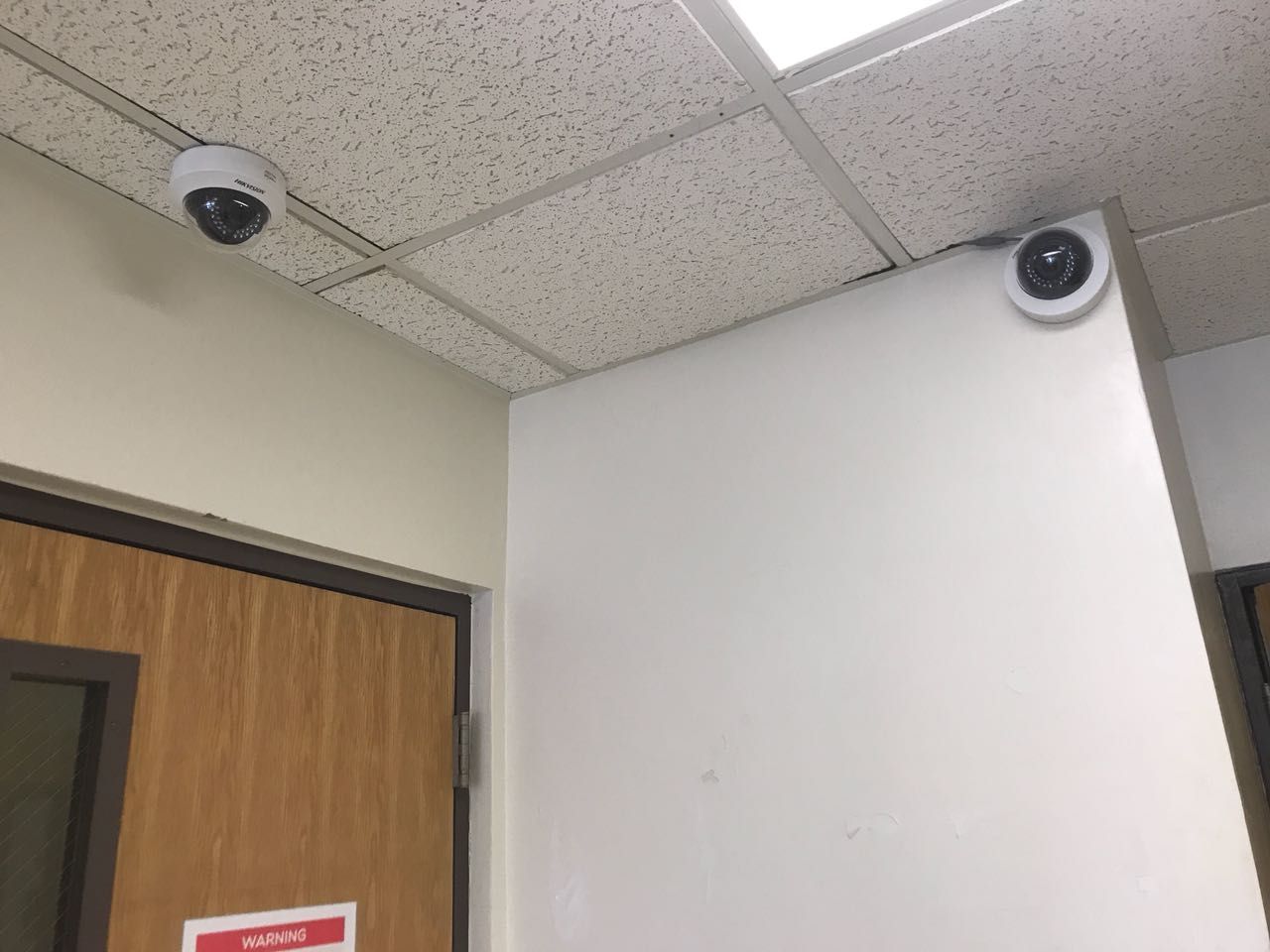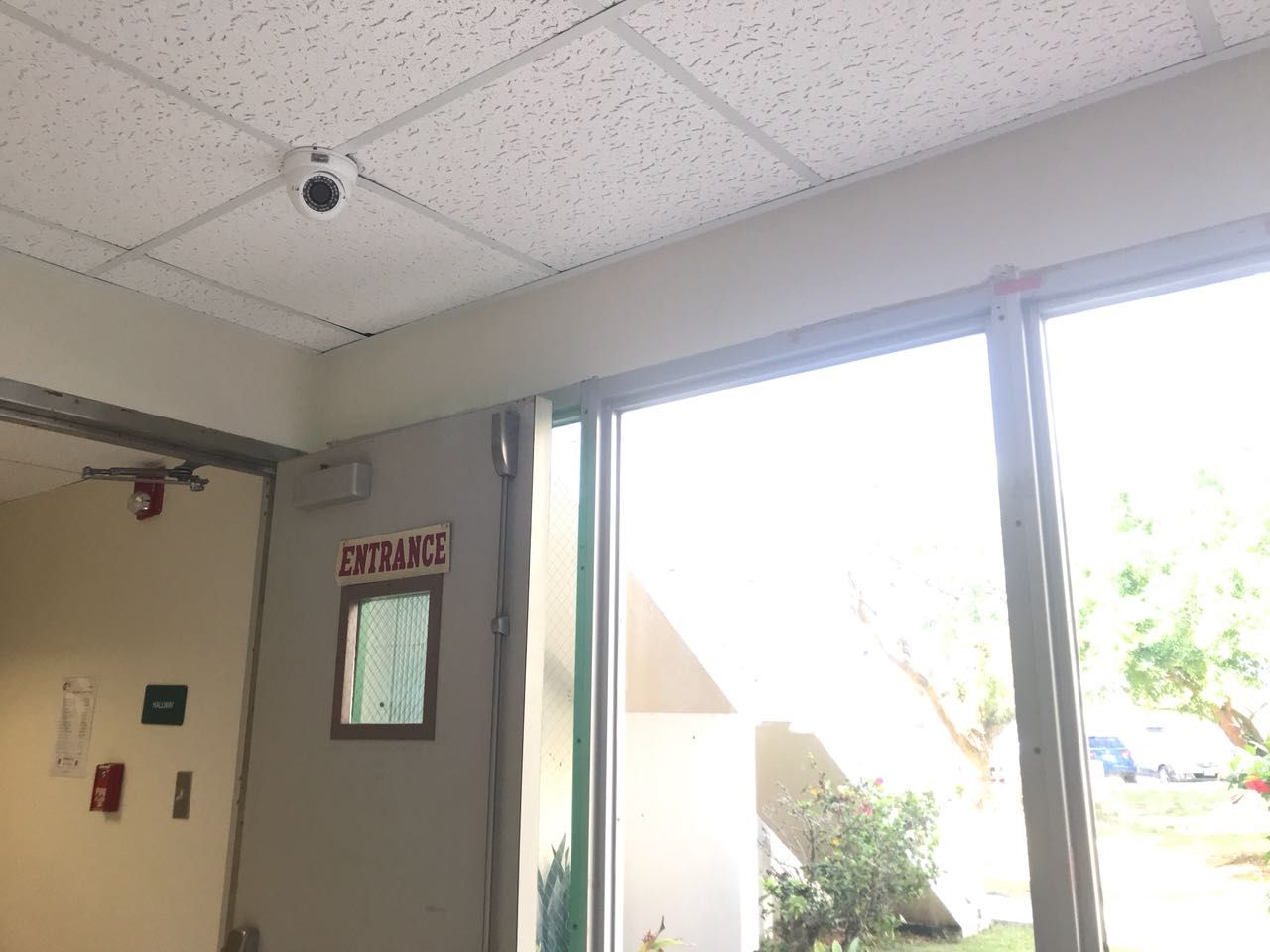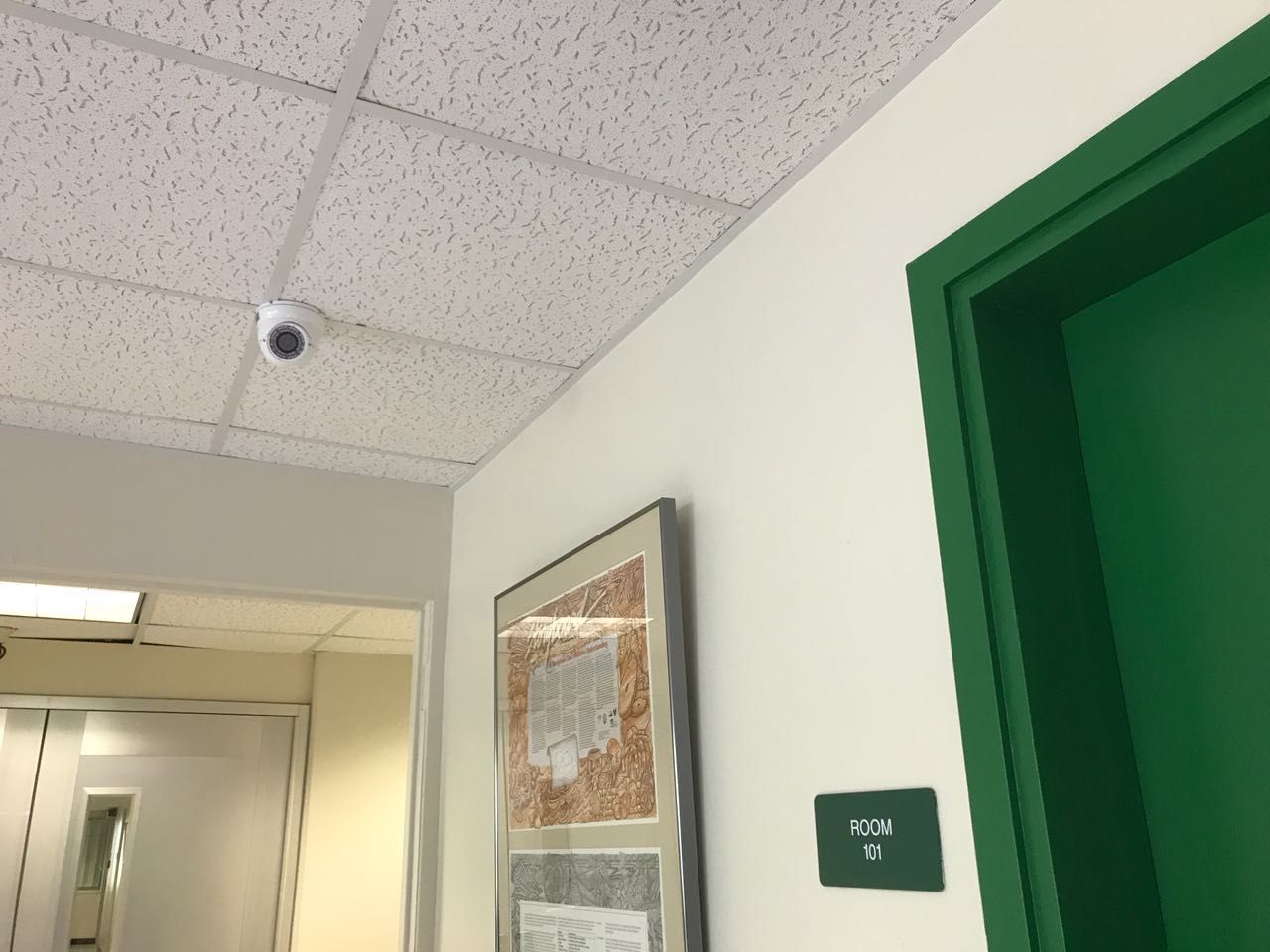The UOG Safety & Security Office had advised that external cameras be installed around campus as a crime preventative measure, but due to budget constraints, the project has not been prioritized.
In 2015, after two reports of separate incidents of harassment in the parking lot, Felix Mansapit, safety administrator, advised the University to acquire external cameras to monitor these situations and others that happen in more open areas with less foot traffic.
In both cases, an unknown man was encouraging a female to get into his truck to help him with directions. Both females did not get into the trucks and were unharmed, but neither remembered license plate numbers.
“These were two different incidents but as per the description given by the two females, it appeared it was the same individual,” Mansapit said. “I then wrote up a scope of work to get at least seven cameras that would be strategically placed in various areas around the campus.”
Mansapit believes that if there were cameras, the suspect could have been brought in because his license plate would have been documented.
Campus Safety Magazine conducted a survey on security cameras at campuses in 2016, which revealed the growing popularity of security cameras in institutions.
Higher education institutions that already had surveillance systems were asked: “Does your institution plan on purchasing video surveillance technology in the next three years?”
The response was 82% yes and 18% no.
Respondents were asked to rate the coverage and quality of the video surveillance technologies deployed on their campuses. Below are the responses for higher education institutions:
| Excellent | Good | Fair | Below Par | Poor | Don’t Know | |
| Coverage | 8% | 36% | 35% | 10% | 9% | 2% |
| Quality | 17% | 42% | 29% | 5% | 5% | 2% |
To see more statistics from this survey, visit https://www.campussafetymagazine.com/university/study_shows_more_than_9_in_10_campuses_have_security_cameras/
Budget
Quotations for the procurement and installation of the camera equipment at UOG were submitted by Mansapit and added into the annual budget as a budget item. However, it was not approved.
According to Randy Wiegand, vice-president of administration and finance, the money constraints from the government have placed the University in an overwhelming budget situation.
Because there are limited funds, capital projects have to compete to be funded.
“When we’ve done our surveys, the overwhelming feedback we’ve gotten is to keep the lights on and make sure the campus is well lit and so that’s really shifted our focus to make sure that we’ve been improving the lighting,” said Wiegand.
According to Wiegand, capital projects are paid for by any savings the University spares from other departments at the end of fiscal years. Savings put into a capital fund paid for the lights on campus, and that is how external cameras will eventually be paid for.
“So far nothing has been entertained on this [camera] project,” Mansapit said. “I started to advise the units that they should probably try and procure their own system in order to deter any situations like [these].”
Current Status
According to Mansapit, the only areas on campus that have cameras are the computer center, SBPA, SNHS, SC and the dorms and each individual unit found the money to pay for the cameras themselves.
The SC and SNHS buildings specifically, acquired their cameras after some break-ins a couple years ago. There have been no such incidences since their installation.
Sonny Perez, chief plant and facilities officer, agreed that his focus is fixing the lighting problem at UOG as well as training faculty and staff to handle certain situations, in light of recent altercations.
“Before we put up anything external, we’d like to make sure that the behaviors are first dealt with,” Perez said. “We’d like to make sure that the staff knows how to manage themselves and handle these situations.”
“There is a request for proposal now for technical and administrative services,” Perez said. “We are encouraging security consultants to come in and help us out in what is best to handle these security issues of ours, including the security cameras.”
The original proposed budget was $65,000. If a new quotation for procurement and installation is done and is cheaper, there is a greater chance of it getting approved.
“We need to know what we’re going to have to pay and what we’re going to get for it; and we have to weigh that against [other projects],” Wiegand said.
In the meantime, Mansapit says he is trying to get as far ahead as possible with the resources he has.
“Having a good group of security guards actually helps me because they take the pressure off me that’s right on the ground,” Mansapit said.
Without any external cameras to monitor the more open areas on campus, Mansapit has relied on the seven G4S security guards assigned to UOG.
According to David San Nicolas, one of the G4S security officers, the guards at UOG have to go through additional training to qualify to be placed on campus.
“We have classes with VAW [Violence Against Women] that we take twice a year,” San Nicolas said. “The guards outside cannot replace us [on campus] because they do not know the procedure.”
The benefits of external cameras
A significant difference in acquiring cameras today versus back in 2015 is feasibility. Operating systems are less expensive now, and more doable in the budget, according to both Perez and Wiegand.
According to a November 2008 report from the US Department of Homeland Security, wireless surveillance camera systems vary in shape and size and are versatile for different applications.
Also, according to Mansapit, most crime on campus is cyclical. For example, vehicle damages normally happen at the beginning of semesters and vandalism occurs near graduation.
Although these crimes are predictable, it’s hard to catch people in the act because these crimes occur in open or low-traffic areas, the strategic placement of external cameras could act as a deterrent.
The following graph shows reported crime statistics at UOG provided by the Guam Police Department from January 2017 to April 2018.

Mansapit believes many crimes go unreported and hopes that external cameras can also help monitor the campus so it is easier to track down suspects.
In 2012, University Business published an article that spoke about visible security and mentioned the benefits of surveillance systems.
An expert quoted in the article, Berkly Trumbo, national business manager for systems provider Siemens Industry, said that physical security needs to be visible as a deterrent and also gives students confidence about the level of safety on campus.
The University Business article also quotes Steve Benavides, chief financial officer of OSSI-USA, a unit of OLTIS Security Systems International:
“More is better when you are speaking about CCTV [recording] systems,” Benavides, said. “It reduces crime and incidence when perpetrators know that what they are doing is being recorded.”




